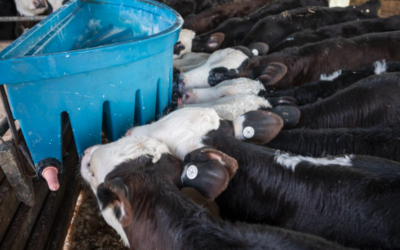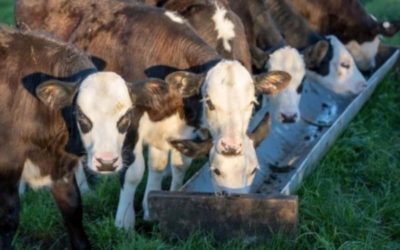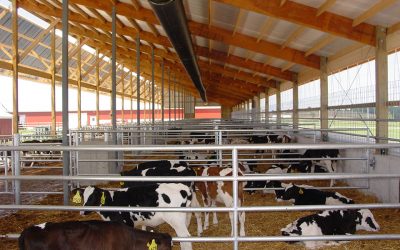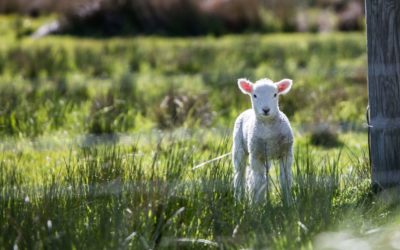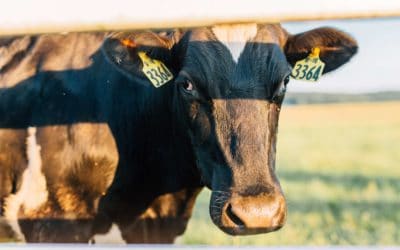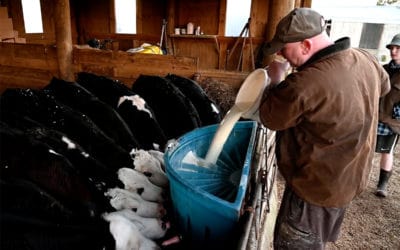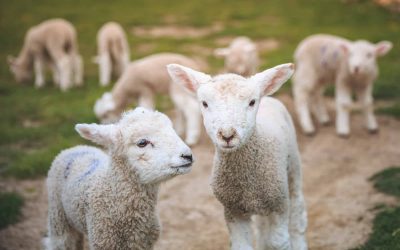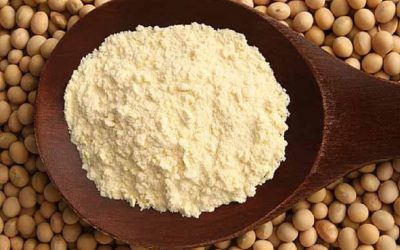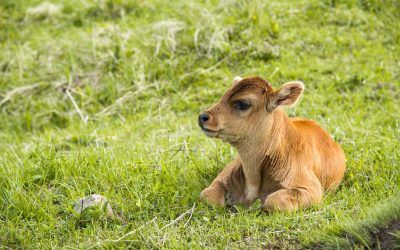To the average person, one milk powder can seem more or less like another. But there are some crucial differences between the Ngahiwi Premium and Supplementary range.
Research Hub

Articles.
What makes sense for you – Vat milk, CMR or combination of the two?
One of the most common questions we get asked at Ngahiwi is this: “Why should I buy your calf milk replacer, when I have perfectly good milk in the vat?”
Shelter for the calf
We invest heavily in our calves; whether they go on to be a producer in your dairy herd, or to deliver you a high carcass weight as a 2 year-old. It is vital that your management of their environment is optimal.

News.
Five tips for successfully feeding newborn lambs
By ensuring you following the ‘5 Qs of feeding success’ – Quickness, Quantity, Quality, sQueaky clean and Quantify – can help minimise losses on your farm.
Is whole milk best for your dairy calves?
Calf Solutions talk to us about the benefits of feeding your dairy calves whole milk, and what else you can do to ensure your calves get all of the vitamins and minerals they need.
Fortified milk lifts calf growth rates
Are you wanting to maximise your calf growth rates? Dairy News discusses the importance of fortified milk and its impact on calf growth rates based on studies carried out in Australia.

Blogs.
Newborn lamb health
In New Zealand lamb mortality is high. Nearly 20 percent of lambs die before weaning. Eighty percent of those losses occur during the first 10 days. It would be nice to reduce this. Is 4-5% realistic?
As soon after delivery as possible, a ewe’s udder should be checked for milk supply and potential problems, such as mastitis.
Soy protein in CMR
Many researchers and animal nutritionists consider that using SOY proteins for any formulation fed to calves under the age of 2 weeks is highly unsuitable. Yet, some manufacturers include and even recommend soy proteins for the younger calf in their formulations.
Calf rearing variables
Ngahiwi Farms Managing Director Bill Coates knows that farmers don’t like unknowns and will try to control every variable they can. While international markets and uncooperative weather systems may still be out of our control, the nutrition of our animals is not.

